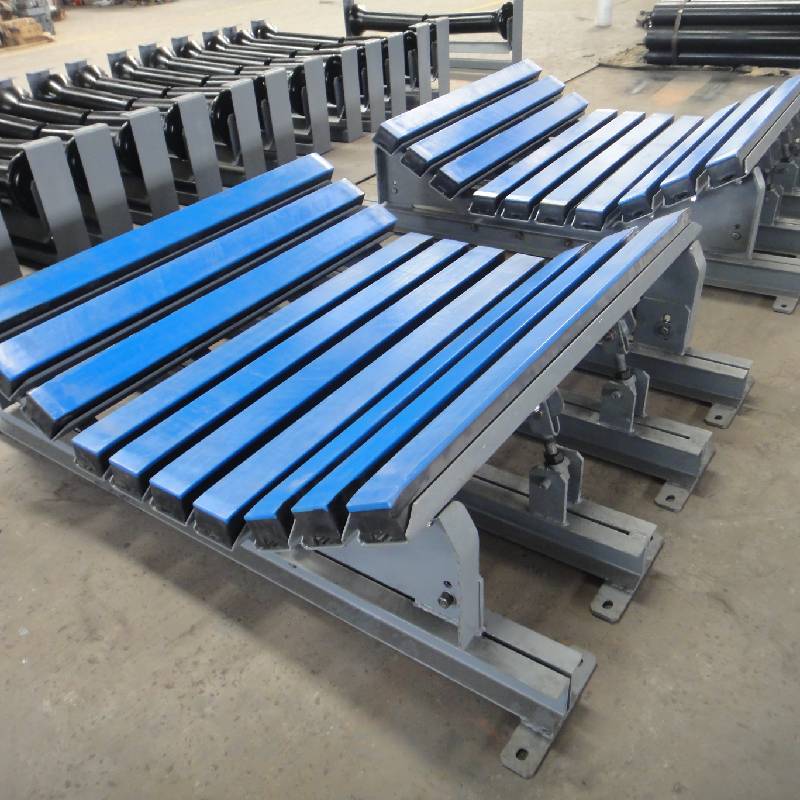 Afrikaans
Afrikaans  Albanian
Albanian  Amharic
Amharic  Arabic
Arabic  Armenian
Armenian  Azerbaijani
Azerbaijani  Basque
Basque  Belarusian
Belarusian  Bengali
Bengali  Bosnian
Bosnian  Bulgarian
Bulgarian  Catalan
Catalan  Cebuano
Cebuano  Corsican
Corsican  Croatian
Croatian  Czech
Czech  Danish
Danish  Dutch
Dutch  English
English  Esperanto
Esperanto  Estonian
Estonian  Finnish
Finnish  French
French  Frisian
Frisian  Galician
Galician  Georgian
Georgian  German
German  Greek
Greek  Gujarati
Gujarati  Haitian Creole
Haitian Creole  hausa
hausa  hawaiian
hawaiian  Hebrew
Hebrew  Hindi
Hindi  Miao
Miao  Hungarian
Hungarian  Icelandic
Icelandic  igbo
igbo  Indonesian
Indonesian  irish
irish  Italian
Italian  Japanese
Japanese  Javanese
Javanese  Kannada
Kannada  kazakh
kazakh  Khmer
Khmer  Rwandese
Rwandese  Korean
Korean  Kurdish
Kurdish  Kyrgyz
Kyrgyz  Lao
Lao  Latin
Latin  Latvian
Latvian  Lithuanian
Lithuanian  Luxembourgish
Luxembourgish  Macedonian
Macedonian  Malgashi
Malgashi  Malay
Malay  Malayalam
Malayalam  Maltese
Maltese  Maori
Maori  Marathi
Marathi  Mongolian
Mongolian  Myanmar
Myanmar  Nepali
Nepali  Norwegian
Norwegian  Norwegian
Norwegian  Occitan
Occitan  Pashto
Pashto  Persian
Persian  Polish
Polish  Portuguese
Portuguese  Punjabi
Punjabi  Romanian
Romanian  Russian
Russian  Samoan
Samoan  Scottish Gaelic
Scottish Gaelic  Serbian
Serbian  Sesotho
Sesotho  Shona
Shona  Sindhi
Sindhi  Sinhala
Sinhala  Slovak
Slovak  Slovenian
Slovenian  Somali
Somali  Spanish
Spanish  Sundanese
Sundanese  Swahili
Swahili  Swedish
Swedish  Tagalog
Tagalog  Tajik
Tajik  Tamil
Tamil  Tatar
Tatar  Telugu
Telugu  Thai
Thai  Turkish
Turkish  Turkmen
Turkmen  Ukrainian
Ukrainian  Urdu
Urdu  Uighur
Uighur  Uzbek
Uzbek  Vietnamese
Vietnamese  Welsh
Welsh  Bantu
Bantu  Yiddish
Yiddish  Yoruba
Yoruba  Zulu
Zulu Durable and Lightweight Plastic Components for Efficient Conveyor Systems
The Rise of Plastic Conveyor Parts Efficiency and Sustainability in Modern Industries
In recent years, the industrial landscape has evolved significantly, with increasing emphasis on efficiency, adaptability, and sustainability. Among various equipment and components, conveyor systems have emerged as critical tools in numerous manufacturing and logistical processes. As these systems have developed, the use of plastic conveyor parts has gained traction, offering a wide array of benefits that traditional materials cannot match.
Plastic conveyor parts are revolutionizing the way industries approach material handling. Traditionally, conveyor systems have utilized metals and other heavy materials, which, while durable, can often lead to increased energy consumption and higher operational costs. The introduction of plastic parts has changed this paradigm. Made from advanced polymers, these plastic components are not only lightweight but also highly resistant to corrosion, wear, and impact. This durability is essential in high-demand environments, where conveyor systems operate round-the-clock, ensuring minimal downtime and maintenance.
One of the most significant advantages of plastic conveyor parts is their weight. By reducing the overall weight of the conveyor system, industries can achieve energy efficiency and lower operational costs. Lighter conveyors require less power to operate, leading to reduced energy consumption. This reduction is not only beneficial for the company’s bottom line but also contributes to environmental sustainability. As companies increasingly look for ways to minimize their carbon footprint, switching to plastic components becomes an attractive option.
plastic conveyor parts

Moreover, plastic conveyor parts offer greater versatility in design and application. They can be molded into complex shapes and sizes, allowing for custom solutions that traditional materials may struggle to provide. This adaptability is particularly crucial in industries with unique requirements, such as food processing, pharmaceuticals, and electronics. In these sectors, hygiene standards are paramount. Plastic parts, such as those made from FDA-approved materials, can ensure compliance with health regulations. They are easier to clean, do not harbor bacteria like metal components, and can withstand harsh cleaning agents, making them ideal for sensitive environments.
Another factor influencing the shift towards plastic conveyor parts is the manufacturing industry’s focus on sustainability. Many modern plastics are recyclable or can be produced using sustainable methods. Companies are increasingly opting for bioplastics or recycled plastics, which further reduce the environmental impact of their operations. This move aligns with broader corporate responsibility initiatives, as organizations seek to improve their sustainability practices while still meeting the demands of efficiency and productivity.
Additionally, the noise levels associated with conveyor systems are an often-overlooked aspect of material handling. Plastic parts contribute to a quieter operation, providing a more pleasant working environment. This noise reduction can lead to less fatigue for workers who are exposed to machinery for long periods, potentially improving overall workplace safety and morale.
In conclusion, the adoption of plastic conveyor parts marks a significant shift in the industrial realm. As industries strive for greater efficiency and sustainability, these components offer a compelling solution that meets both operational and environmental needs. The benefits of weight reduction, design versatility, hygienic advantages, and noise reduction position plastic conveyor parts as a forward-looking choice for modern enterprises. As technology continues to advance, it is likely that the use of innovative materials like plastic will become even more prevalent, setting new standards in the conveyor systems of the future. Embracing these changes not only enhances productivity but also contributes to a more sustainable industrial ecosystem.
-
Revolutionizing Conveyor Reliability with Advanced Rubber Lagging PulleysNewsJul.22,2025
-
Powering Precision and Durability with Expert Manufacturers of Conveyor ComponentsNewsJul.22,2025
-
Optimizing Conveyor Systems with Advanced Conveyor AccessoriesNewsJul.22,2025
-
Maximize Conveyor Efficiency with Quality Conveyor Idler PulleysNewsJul.22,2025
-
Future-Proof Your Conveyor System with High-Performance Polyurethane RollerNewsJul.22,2025
-
Driving Efficiency Forward with Quality Idlers and RollersNewsJul.22,2025





























